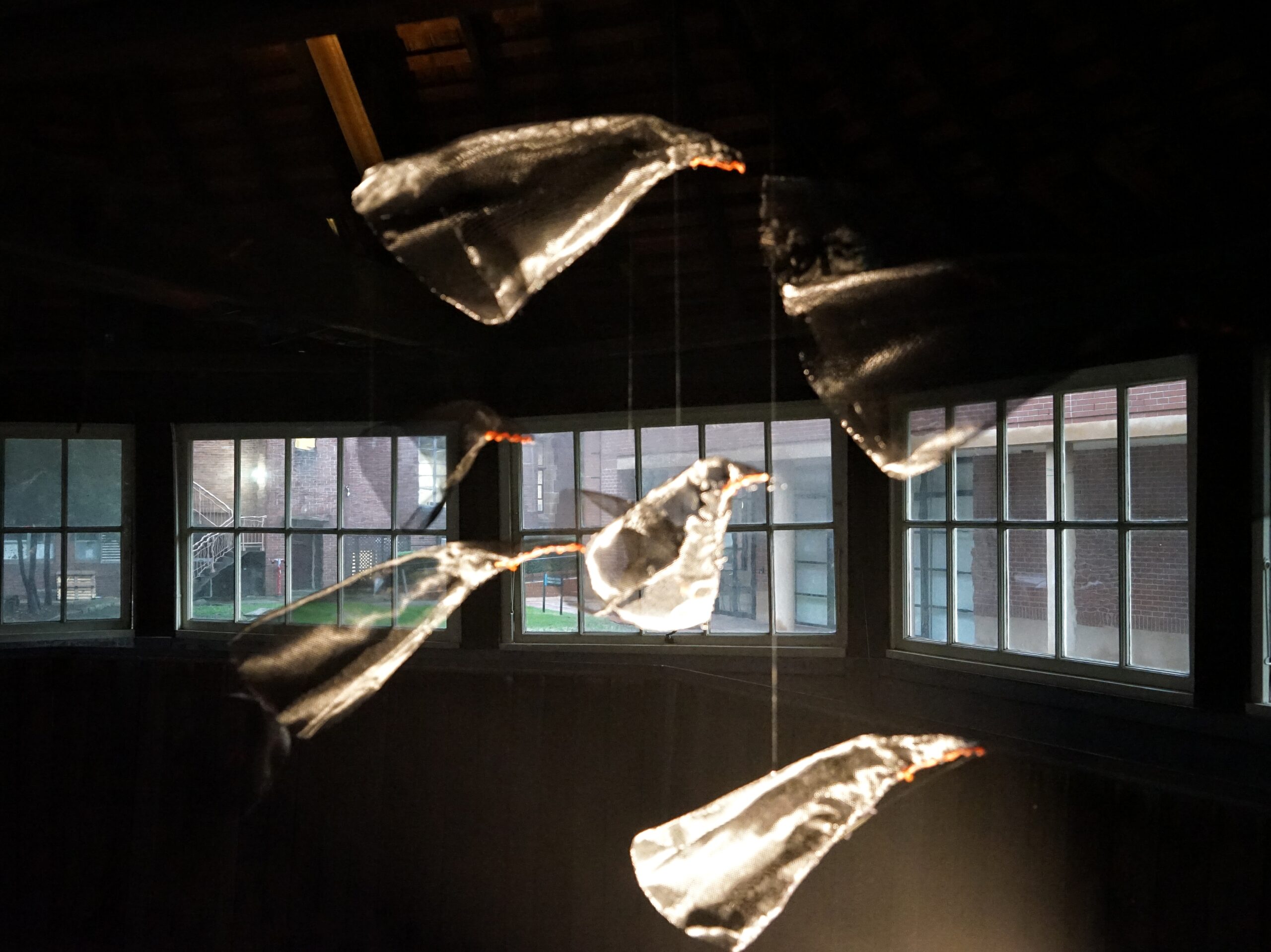
Behind the Curtain
27.02.2017
The Research and Inspiration for ‘Black Crows’ – Part 1
On March 24-25, 2017 The Living Room Theatre in partnership with Sydney Environment Institute & the City of Sydney will be hosting ‘Black Crows Invaded Our Country,’ an artistic contextualisation of the public lecture in the merging of academic research with indigenous story, performance, and sound art.
Black Crows features research by academics Thom van Dooren and Leah Lui-Chivizhe, and Greenpeace CEO David Ritter, who perform in Black Crows. In preparation for the debut of ‘Black Crows Invaded Our Country,’ SEI is releasing a three-part blog series featuring details on van Dooren, Lui-Chivizhe and Ritter’s contributions.We hope you enjoy our first blog in the series, featuring Thom van Dooren.
‘Black Crows Invaded Our Country’ is based on the Humboldt Foundation research of environmental philosopher and author, Associate Professor Thom van Dooren (UNSW), The Unwelcome Crows: Hospitality in the Anthropocene. In this blog, we provide an overview of Thom’s research and ask him what it means to have his research transformed and featured in this artistic hybrid of the public lecture, story and performance.
One section of van Dooren’s current research on human/crow relationships around the world focuses on a small population of house crows in the town of Hoek van Holland and the Port of Rotterdam in the Netherlands. In 2014, after twenty years of peaceful co-existence between the relatively newly arrived house crows and local people, the government began the process of exterminating the crows.
Van Dooren stated that the underlying question of his research is “who is seen as a competitor, a pest, an inappropriate addition to projects of national or natural purity.” In ‘Black Crows Invaded Our Country‘ animateur from The Living Room Theatre, Michelle St Anne recontextualises van Dooren’s research on the Dutch government’s response to these crows, and juxtaposes it with the complexity of human migration and the Australian government’s treatment towards refugees.
Van Dooren’s research works through the lens of “hospitality” and reflects on the crows and the Port of Rotterdam – linking the eradication of house crows to the expansionist goals for the port, and how such treatment is linked to the issue of (some) people’s sense of what he claims is the “entitlement to the world that, I will argue, is today increasingly “authorized” by our ongoing transformation and destruction of environments.”[1]
His research draws attention to the Anthropocentric nature of planned eradication of house crows in the region. He highlights that “as one of the largest ports in the world, the Port of Rotterdam is an “engine” for the global patterns of production, trade and consumption that are today ushering in what many are calling “the Anthropocene” – a proposed name for a new geological epoch, our current one, in which humanity is seen to be playing an increasingly significant role in the shaping of the planet, across interwoven bio-geo-chemical terrains.”[2]
Van Dooren suggests that attempting to be ‘hospitable’ to the crows is not quite the right goal. Hospitality implies a kind of ownership that is itself a core part of the problem. Instead, he argues, what seems to be needed is “the cultivation of new approaches and sensibilities for cohabitation on an Earth that is for all of its living forms.” [3]
His paper argues that the rethinking of place needs to be addressed as the collective imagination envisions a future overrun by crows, and the consensus is to say “you are not welcome.” [4] According to van Dooren, this imagination hinders other opportunities and possibilities for a future where crows might not be pests and where new and creative attempts are made for the peaceful co-existence.
When we asked Thom what it means for him to have his academic work transformed into an artistic work, he said:
Having my academic writing inform an artistic project has been both inspiring and challenging. As in all creative dialogues, words and ideas are given new form, stretched and applied in different ways, made to speak differently. In this context, however, all of this happens in a rich, multimedia, context – an idea becomes a movement or is evoked in new ways through sound – drawing audiences into an experiential space that, as a person who primarily writes and speaks stories, I find wildly generative and exciting.
[1] Thom van Dooren. ‘The Unwelcome Crows.’ Angelaki 21, 2 (2016), 194.
[2] Ibid.
[3] Ibid., 197.
[4] Ibid., 204.
———————————–
Anastasia Mortimer is the Knowledge Translation Officer & Communications Coordinator at the Sydney Environment Institute. Anastasia is a passionate advocate for indigenous rights, feminism, animal rights and veganism.

